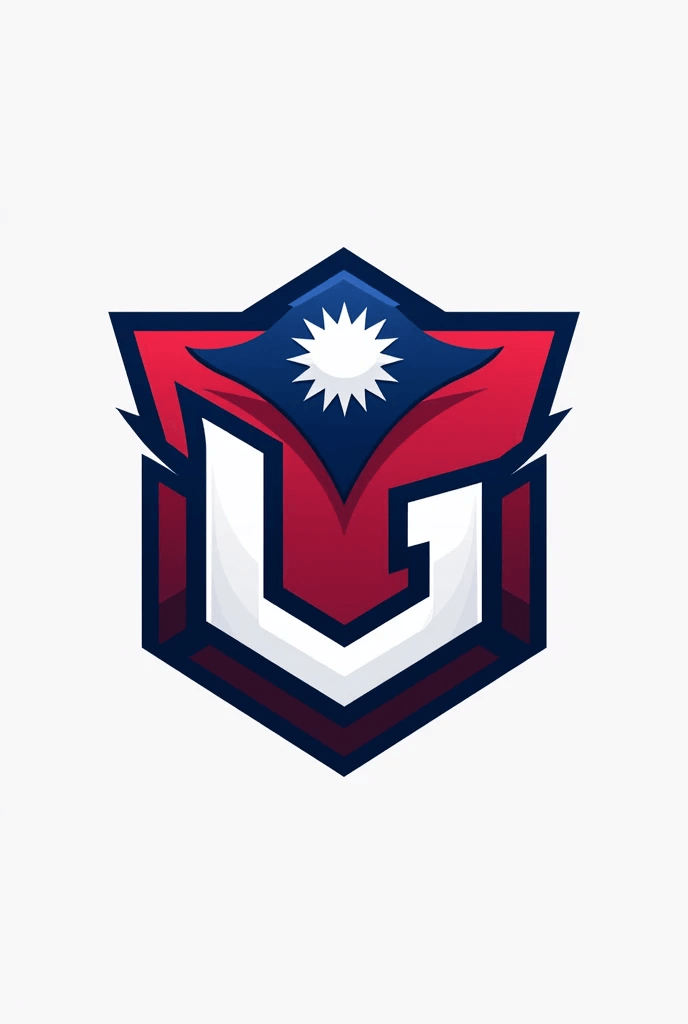
Why Use a Dummy Logo Generator: Use Cases for Developers
Introduction
As a developer, you may often need a placeholder logo when building websites or applications. A dummy logo generator can save you time and provide a simple solution for these cases. In this post, we'll explore some of the key use cases for using a dummy logo generator and how it can benefit your development process.
1. Rapid Prototyping
When working on prototypes or MVPs (Minimum Viable Products), developers often need placeholder logos to quickly assemble their designs. Dummy logo generators allow you to create a logo in seconds without having to worry about graphic design, so you can focus on functionality and layout.
2. Testing and User Interface Mockups
If you're creating user interface (UI) mockups, a dummy logo can help you simulate how the final design will look. This can be helpful when testing the placement and size of various elements like headers, menus, or footers, without the need for a final logo.
3. Presenting Your Work to Clients
Dummy logos are also useful when presenting early-stage designs to clients. Instead of delaying the project for a completed logo, you can use a dummy logo to showcase the overall layout, colors, and branding direction. This allows for quicker feedback and progress.
4. Focusing on the Development
In many cases, developers need to focus on the technical aspects of the project and not the branding. Dummy logos let you concentrate on coding and functionality, while still providing a polished look for the project.
Conclusion
Using a dummy logo generator is an essential tool for developers working on prototypes, mockups, and testing. It helps streamline the development process, allowing you to focus on your app or website's functionality and user experience while having a temporary branding solution in place.